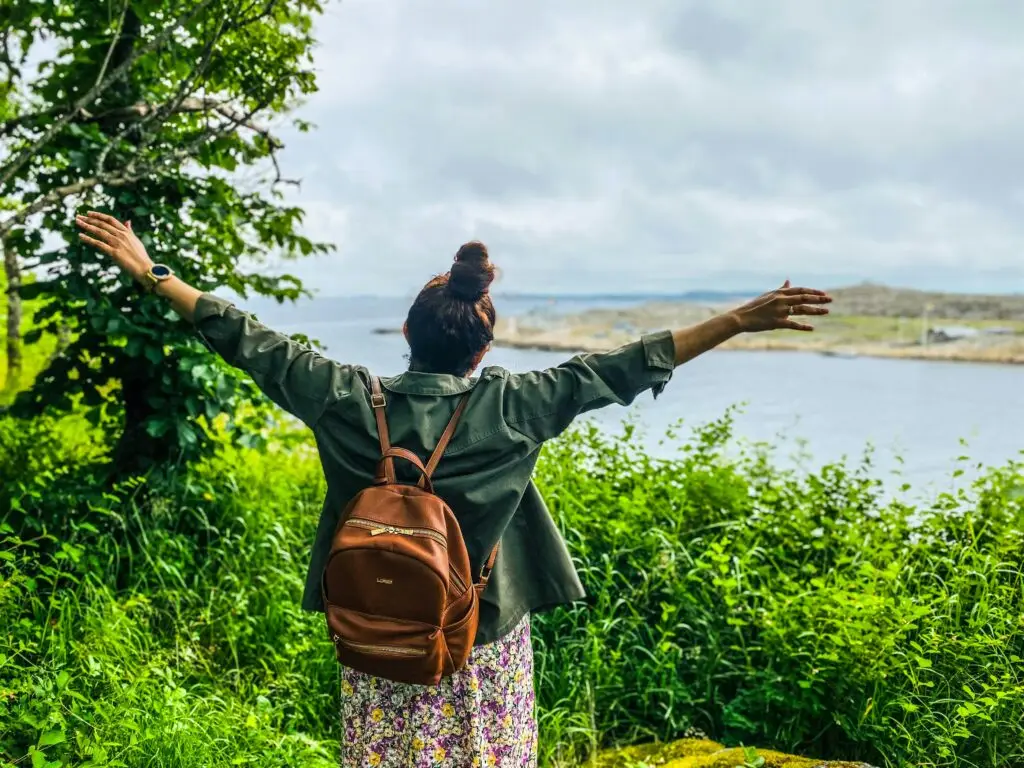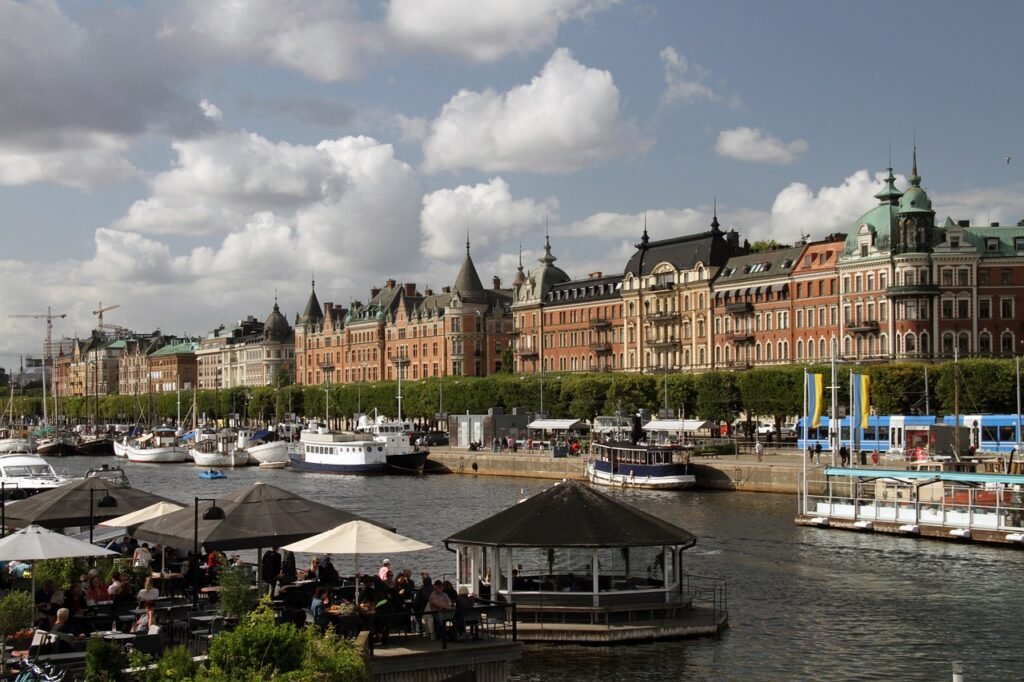One of the things I love most about living in Sweden is how easy it is to connect with nature. Not just in a “go for a hike” kind of way—but in a real, open, almost sacred way. There’s a quiet freedom here that’s built right into the law, and it’s called allemansrätten—the right of public access.
It means I can walk through the forest behind someone’s house, camp near a quiet lake, or pick wild blueberries on the side of a trail—and it’s all completely legal. In fact, it’s encouraged.
What Is Allemansrätten?
Allemansrätten (pronounced ah-leh-mahns-ret-ten) is Sweden’s way of saying: nature is for everyone. It gives people the right to move freely through forests, meadows, lakes, and coastlines—even if the land is privately owned.
But it’s not a free-for-all. There’s an unspoken (and sometimes spoken) rule behind it: don’t disturb, don’t destroy. It’s a shared responsibility, and most people take that seriously.
What You’re Allowed to Do
- Walk, hike, and ski through natural land, even if it’s privately owned
- Camp for a night or two on uncultivated land—as long as you’re not right next to someone’s house
- Pick wild berries, mushrooms, and flowers
- Swim, paddle, and enjoy lakes and the sea
- Bike or cross-country ski through forests and trails
What You’re Not Allowed to Do
- Camp in large groups or stay in one spot too long
- Light fires during dry seasons or where there’s a risk of wildfire
- Walk through someone’s yard, garden, or farm fields
- Leave trash behind or damage trees and plants
- Disturb wildlife, especially during nesting seasons
- Drive off-road with any motor vehicle
Why It Feels So Special
There’s something deeply peaceful about knowing you can just step into the woods and wander. No fences. No “keep out” signs. Just a quiet invitation to enjoy and respect the world around you.
It makes weekend getaways feel effortless. I’ll pack a small lunch, toss a blanket into my bag, and walk until I find a sunny spot by the water or a mossy patch under the trees. Sometimes I pick berries. Sometimes I read. Sometimes I just sit.
It’s hard to describe how grounding that feels—like the land is offering you something, and you’re simply saying thank you by being gentle with it.
How This Compares to Other Countries
If you’re used to a country where private property is strictly off-limits, allemansrätten can feel almost radical. In the U.S., for example, even well-meaning hikers can face steep fines or worse for stepping onto private land—even if it’s wild, unused, and not marked.
In the UK, public access is more structured, with defined footpaths and limited roaming rights in certain areas. In much of Europe, access to nature varies wildly, and the idea of “freedom to roam” is more the exception than the rule.
Sweden’s approach is different because it comes from a cultural foundation of trust and shared stewardship. There’s a quiet understanding that the outdoors is something we all belong to, not something to fence off and guard.
It’s not perfect. Not everyone treats the land respectfully. But the overall balance—between access and responsibility—works more often than not.
Common Questions About Allemansrätten
Does it apply year-round?
Yes, but with seasonal considerations. In the winter, trails may be covered in snow, and in spring or summer, certain areas may be off-limits to protect wildlife during breeding seasons.
Can I bring my dog?
Absolutely! Dogs are welcome, but during certain months (usually March to August), they should be kept on a leash to protect nesting birds and other wildlife.
Can I sleep in a camper van under this right?
Not quite. Allemansrätten only applies to non-motorized travel and camping. If you’re sleeping in a vehicle, you usually need to park in a designated area or get permission from the landowner.
Are fires allowed?
Only if it’s safe and legal at the time. Fire bans are common in the dry season, and even small campfires can be prohibited. Always check local regulations, and when in doubt—skip the fire.
Is it safe?
Generally, yes. Sweden is a very safe country for solo travelers, families, and outdoor adventurers. Basic precautions still apply, but you’ll likely find more moose than trouble.
How do I know if I’m on private land?
That’s the beauty of it—you don’t need to. As long as the land isn’t cultivated, fenced off, or clearly marked with signage indicating otherwise, you’re usually fine.
A Few Tips If You Want to Try It
- Be discreet when camping: One or two nights max, and not too close to homes or cabins.
- Bring a trash bag: If you brought it in, bring it out.
- Skip the fire unless you’re sure it’s safe: Fire bans are real and serious.
- Use apps like Naturkartan: They’ll help you find trails, lakes, and nature reserves.
- Smile and be polite: If you’re ever unsure, a friendly greeting goes a long way.
The Heart of It All
Allemansrätten isn’t just about what you can do—it’s about how you live. It’s about trust. About being part of something bigger than yourself. About the idea that nature doesn’t have to be owned to be loved and protected.
It’s a quiet kind of freedom, and one I hope never gets taken for granted.




